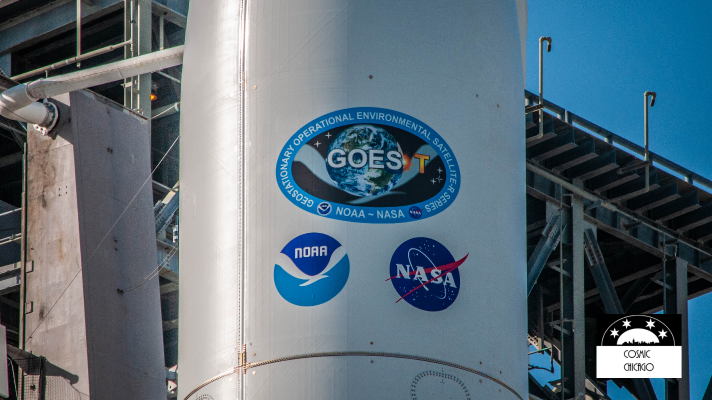An Atlas V rocket launched the GOES-T weather satellite to space from Cape Canaveral at 3:38 pm CST today March 1st, 2022. The satellite is currently traveling through space on its way to orbit, which is about a three and a half hour mission after launch.

Following the successful launch by ULA and NASA’s Launch Services Program, the rocket and spacecraft will enter a coast phase before GOES-T separates and reaches geostationary orbit. Currently vehicle performance is nominal and the Centaur still needs to perform a third burn.

Once in orbit GOES-T will be renamed GOES-18 and begin gathering weather data for the National Oceanic and Atmospheric Administration, or NOAA. NOAA has maintained a geostationary weather observing system since the 70s and the GOES R-Series of satellites are a continuation of that program.
Related: Photos: GOES-T Launches from Cape Canaveral

NASA will continue to deliver coverage of the mission as it proceeds through each phase. You can view live coverage of spacecraft separation at 7pm CST at nasa.gov/live.
This article was previously published by Sophie Sanchez on ChicagoNow.

